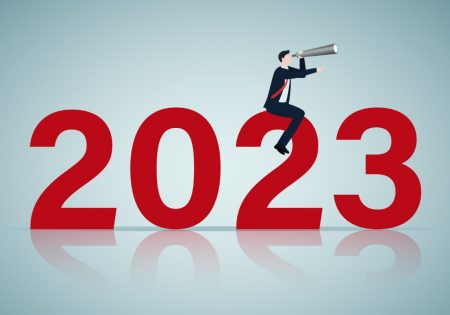Investors Beginning to Understand How to Deal with Volatile Markets
According to the survey, more than half (55%) of investors say any positive gains in their portfolios in these markets qualifies as a success, while another 23% believe that break-even investment returns can be considered successful.
According to a press release, many general investors (57%) in the study report they still lack confidence in their ability to make correct investing decisions. However, 43% report they are feeling confident in their investment decisions, and 22% say they’ve now adjusted to these new market conditions and are becoming more engaged in managing or monitoring their investments.
Roughly 20% of those who say they still lack confidence report they either pulled out of the market or stopped monitoring their investments altogether.
“Although the past two years have been tough on investors, we are making progress in helping them to not only understand that volatility may be here for the long term, but how best to re-engage in these markets by evaluating their risk tolerance and setting financial goals that are appropriate to both their personal situation and the current investing environment,” said John Sweeney, executive vice president, Fidelity Investments, in the press release.
When investors were asked if their tolerance for risk had changed, Fidelity found 40% were seeking lower risk in their portfolio today as compared to two years ago. However, when asked to cite regrets about their own investing behavior over the past two years, nearly one in five (18%) investors said not continuing to invest in the market, or waiting too long to get back in, impacted their total current assets, which were down an average of 21% when compared to two years ago.
Biggest investing concerns over the next 12 months cited by investors include domestic economic instability (31%), unemployment (29%), and potential tax rate increases (15%) as their top three.You Might Also Like:

Crossmark’s Doll Projects Long-Predicted Recession to Materialize in 2024

Doll Scores 50/50 on 2023 Predictions
